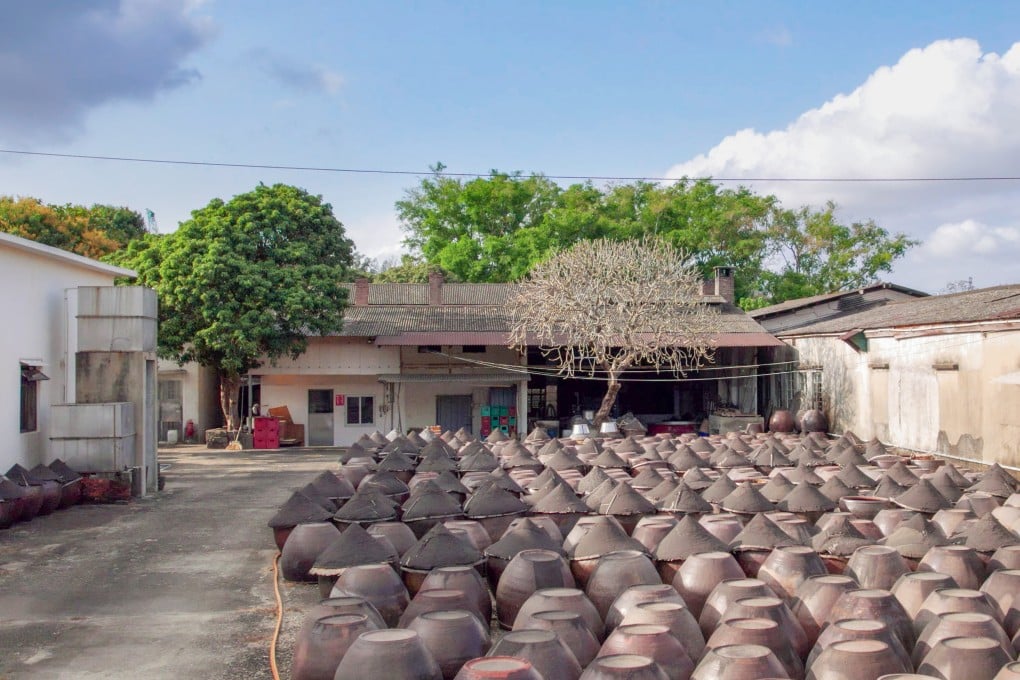This forgotten border village shows Hong Kong’s history of change
How two ‘foreigners’ came to make a film about the last days of Kwu Tung, from its soy sauce factories to village house demolition

Daphné Mandel used to love the mystery of Hong Kong’s abandoned places. In 2008, she’d arrived from France because of her husband’s work. In Paris, she’d co-founded a firm specialising in landscape architecture and urban planning. Mandel thought she could replicate her practice in Hong Kong but that turned out to be challenging. Instead, she started observing the city as an artist, painting its dense jostle, its coexistence with nature, its difference from European cities. After a while, she felt she was only sketching facades.
She began to look beyond Hong Kong Island, heading progressively farther north. She became fascinated, then frustrated, by the New Territories’ deserted villages, unknown owners’ possessions still scattered inside the houses. How could there be so many abandoned homes in a place where the value of land is so high? What had happened to these inhabitants? Emptiness has a picturesque appeal – her lonely paintings bear such titles as Hong Kong Time Rift and Chimerical Villages – but gave her no useful answers. She realised she needed to talk to people who still lived in those houses and could recount their stories before they, too, disappeared.

One day in 2019, she and a Cantonese-speaking friend went to a border village called Kwu Tung, which lies on the plain west of Sheung Shui. A villager called Lai Wan-chun, who’s in her 90s and known by all as Popo, i.e. Granny, welcomed them into her home. Here was a voice that wanted to tell its tale. Mandel began to return, again and again. Through Popo, a Hakka woman born in Guangdong province, she learned about the village’s history: the waves of migration from mainland China, the agricultural rhythms, the Lutheran church, the soy sauce factories. Most of all, Mandel was introduced to the lives of Kwu Tung’s current inhabitants. On many occasions, Popo fed her a traditional sticky rice cake. Its Cantonese name, familiar to generations of Hongkongers, provided Mandel with the title of the documentary she and Hong Kong-based Canadian photographer Guy Bertrand have made about the village: Cha Guo.
The suggestion she should do a film came from a woman who would later become its executive producer and wants to remain anonymous. That was a year ago this week. Mandel, who was used to people prodding her to do a book about the village and knew nothing about film, says she thought it a terrible idea yet almost simultaneously contacted Bertrand, whom she’d known for years. “By that time, I’d met about 20 amazing people in the village and I realised that only a film can allow them to speak,” she explains one recent afternoon in a Wan Chai cafe, where they have chosen to be interviewed. (They are careful to keep the village as much under wraps as is possible – which is not very – in a world of social media: the documentary has no voice-over and it is never officially named except in the villagers’ own references.)

When Mandel rang him, Bertrand happened to be editing a commercial film he’d made for Swire Properties; but the place Mandel described was reaching its end in the cycle of Hong Kong’s housing market. On the first day the pair visited the village together, for a recce last November, huge building cranes that heralded the approach of the Northern Metropolis were pecking away at its outskirts. Already, houses that Mandel visited had been demolished. What remained of Kwu Tung was living on borrowed time. In the autumn of its existence, the village glowed. “It was golden light, absolutely gorgeous,” says Bertrand. “I knew that if Daphné had something she was excited about, it would be worth it.”